The world’s war officially started on September 1, 1939, with the invasion of the most powerful countries of WW2, Germany on Poland, and formally ended on September 2, 1945, with the surrender of Japan.
Between those years, innumerable battles were fought, some small, but some were of enormous significance to shaping the world we know today.
The Battle of Stalingrad fought from July 1942 to February 1943, and the Battle of Berlin, fought between April 1945 and May 1945, are amongst the most important battles of World War 2.
The battle of Berlin is known for being the final assault on Adolf Hitler and the Third Reich. Here the article lists the top 10 most important battles of World War 2.
10. Invasion of Poland (The September Campaign)
Content
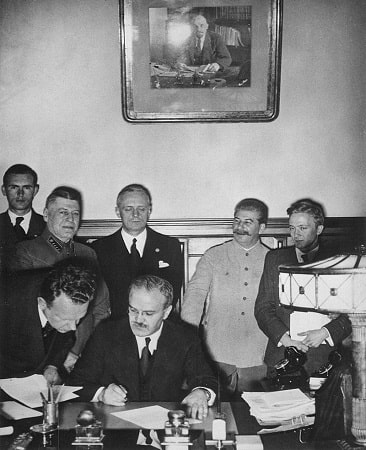
| Date | September 1, 1939, to October 6, 1939 |
| Battle Between | Germany and Poland |
| Result | German-Soviet Victory |
The Invasion of Poland, also known as the September Campaign, began when German troops marched into the polish region to invade.
On September 1, 1939, Germany attacked Poland with an advanced force of more than 2,000 tanks supported by nearly 900 bombers and over 400 fighter planes.
Poland was far from ready to hold the German offensive power. Germany deployed 60 divisions and almost 1.5 million men in the invasion.
From East Prussia and Germany in the north and Silesia and Slovakia in the south, German units quickly broke through Polish defenses along the border and advanced on Warsaw in a massive encirclement attack.
Britain and France came to the aid, but it couldn’t save Poland from surrendering to Germany, as it was also fighting back the Soviet Union invasion on September 17.
Poland didn’t have the capacity nor desire to fight both Germany and the Soviet Union at the same time. So, inevitably on September 27, Poland surrendered.
This marked the beginning of World War 2 officially.
9. The Battle of the Coral Sea

| Date | May 4, 1942, to May 8, 1942 |
| Battle Between | Imperial Japanese Navy and Naval and the Air Forces of The united States and Australia |
| Result | Japanese Victory |
Japan’s determination to rule over the east made New Guinea a perfect target as Port Moresby of New Guinea was the base of the United States to launch an attack on the east.
Japan’s intention to seize control of the port led to a naval battle known as “The Battle Of the Coral sea.” The battle lasted four days (May 4-8, 1942).
With the help of the U.S., intelligence encoded the messages of the Japanese military U.S. had elements of surprise on the day of the attack. It was all naval aircraft battle.
8. Operation Torch

| Date | November 8, 1942, to November 16, 1942 |
| Battle Between | An Allied invasion of French North America |
| Result | Allied Victory |
On November 8, 1942, the allies launched Operation Torch. Americans and British troops landed in North Africa.
They had landed in the French colonies of Morocco, Algeria, just south of Spain. With Tunis under control, this would provide a port to protect allies’ ships and supply lines.
With little resistance, US and British troops entered North Africa as the French troops stationed there surrendered and joined the fight with the allies.
This was the first battle between the United States and Germany in which Americans were outmatched with the superiority of German experience in the war.
3,300 Americans were killed or wounded, and another 3,000 were taken as prisoners. They regrouped with the 8th army, fought back, and entered Tunis on May 7.
After months of fighting, the battle of North Africa was over with the surrender of German and Italian troops. Forty thousand axis troops were killed in Tunis alone.
7. Pearl Harbour

| Date | December 7, 1941 |
| Battle Between | Imperial Japanese Navy Air Service and the United States |
| Result | Japanese Victory |
With the elements of surprise, Japanese planes covered the sky of Pearl Harbour on the morning of December 7, 1941.
The first of wave Japanese attackers contained 183 jets. Within minutes significant portion of the ships of Pearl Harbour was hit. The attack was over after 90 minutes.
The U.S. suffered a considerable loss. As 19 boats were destroyed, 188 planes were damaged, and the lives of 2000 service members alone were lost.
But there were still 3 American aircraft carriers that were not hit, the fuel deposed, and the submarine base was crucial in the upcoming war with Japan.
6. The Battle of Midway

| Date | June 4, 1942 |
| Battle Between | Japan and the United States navy |
| Result | The U.S. Navy |
It was a naval battle fought on June 4, 1942. Japan wanted total dominance in the eastern ocean, but the U.S. presence in the region made it impossible for Japan to do so.
So just six months after the Pearl Harbour and one month after the Coral battle, Japan devise an ambush plan.
The plan was to lure U.S. forces in Midway battle and attack them with the elements of surprise. But the problem with the project was that the U.S. already knew about the attack.
Due to this, Japan lost the Midway battle with enormous naval loss.
5. Operation Barbarossa
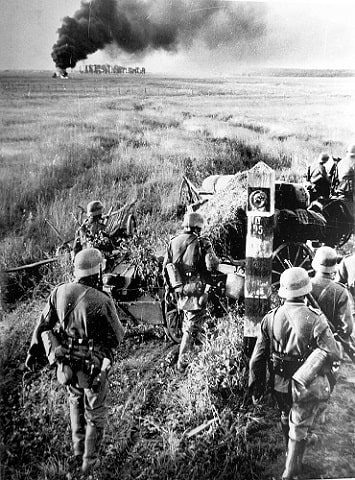
| Date | June 22, 1941, to December 5, 1941 |
| Battle Between | Germany and Soviet Union |
| Result | Axis Failure |
Its sudden change of plan of Hitler ensured a devastating surprise attack on USSR. After the costly failed attempt to invade Britain, Hitler focused his forces on invading the Soviet Union.
Despite having a sheer number of troops, USSR couldn’t match the superior technology and speed of the German forces.
The defense line of the USSR was pushed back 600 miles to the outskirts of Leningrad and Moscow.
4. The Battle of Stalingrad

| Date | August 23, 1942 |
| Battle Between | Nazi Germany, the Axis powers, and Russian forces |
| Result | The Soviet Union |
This was the turning point of World War 2. German troops marched into the Soviet Union region.
They stood their ground and held the defensive line, but the capitulation of the Sixth Army in the Stalingrad was the major blow to Germany.
Now suddenly, the tide was in favor of the Allies. The three-month war is believed to be one of the most prolonged, most significant, and deadliest battles, with casualties close to 2 million, including civilians.
The German troops suffered significant loss due to the winter climate and starvation.
3. Battle of Dunkirk
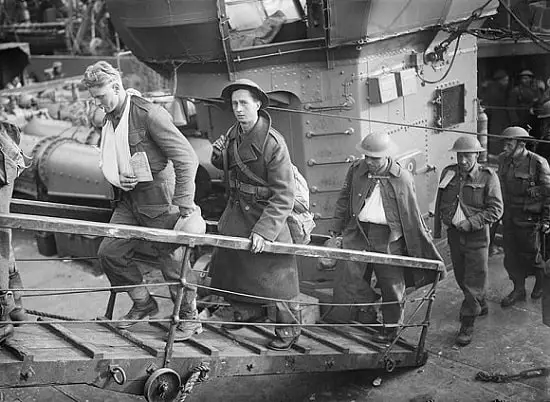
| Date | May 26, 1940, to June 4, 1940 |
| Battle Between | The Allies and Nazi Germany |
| Result | Nazi Germany |
Dunkirk evacuation may not be a well-known historical event, but it was significant. With more than 300,000 British troops stranded in Dunkirk, the British could not hold Germany at Britain’s eastern coast.
It was the most prominent man military evacuation in the history of humankind, with the evacuation of more than 3,38,000 British and French soldiers, between May 26 and June 4, 1940.
About 198000 British and 1,40,000 French and Belgian troops had been saved when it ended.
2. Normandy Landings (The D – Day)
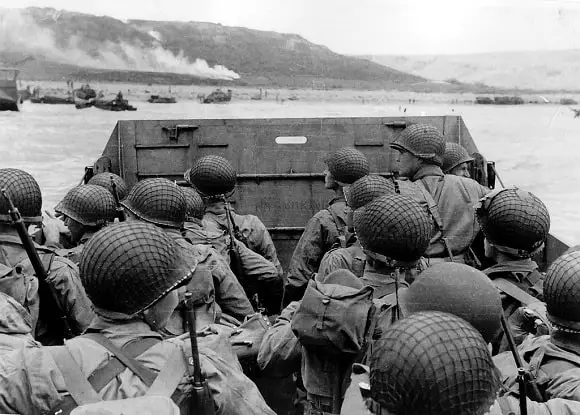
| Date | June 6, 1944, to August 30, 1944 |
| Battle Between | The Allied Forces and German Forces |
| Result | Allied Victory |
Combined, 156,000 American, British and Canadian troops landed on five beaches along a 50-mile stretch of the heavily guarded coast of France’s Normandy region.
It lasted from June to August 1944. It was one of military history’s most extensive water invasions.
At Omaha beach, casualties were suffered at a large scale, as death tolls were 4000 that invasion day, June 6. Which is also known as “D Day.”
The invasion was a significant turnaround, as it liberated all of northern France. It was marked as the beginning of the end of World War 2.
1. Battle of Britain
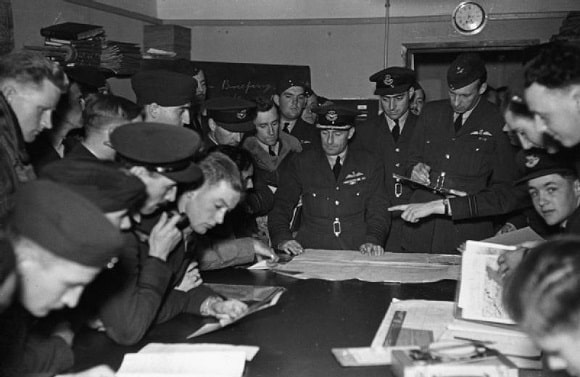
| Date | July 10, 1940, to October 31, 1940 |
| Battle Between | Britain's Royal Air Force and the Luftwaffe, Nazi Germany's Air Force |
| Result | The Royal Air Force Fighter Command |
The action of the air. Germany had total dominance over Europe, and only one country stood in its way to complete sovereignty.
Britain draws the line between Germany and its total dominance. Hitler saw Britain as a significant threat to his quest.
So began the invasion of Britain. But to the surprise of Hitler, Britain stood its ground bravely. The war between Britain’s Royal Air Force (RAF) and the Luftwaffe, Nazi Germany’s air force.
Germany hoped to conquer Britain easily, but that wasn’t the case.
Both parties bore significant losses, with German aircraft constantly bombing London city, and with the help of radar, Britain took down most of the German aircraft, which proved to be a major to Germany.
Britain was the last man standing in the war at that time. The war’s course would’ve been very different had it been invaded.
After Japan surrendered on September 2, 1945, World War 2 officially ended. In the bloody six years of war, the face of the world changed forever.
As the German Philosopher Georg Hegel famously said, “The only thing that we learn from history is that we learn nothing from history.” So it can’t be said for sure that there won’t be another war like it.
Conclusion
“Ideals are peaceful, and history is violent” as we often revert to this quote, we can’t help but wonder how violent was our history.
WWII was one of the significant events in history that had a violent outcome with the spread of communism from the Soviets leading into Eastern Europe and its eventual triumph in a major country, China.
